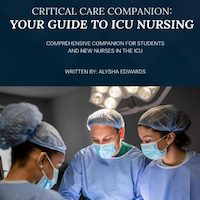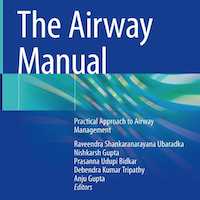Stories Category: Intensive Care
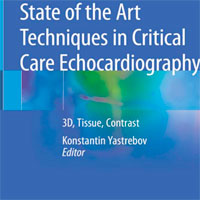
State of the Art Techniques in Critical Care Echocardiography
This book covers all aspects of modern techniques used in the rapidly developing field of adult critical care echocardiography, 3D transthoracic and transesophageal echocardiography, myocardial tissue velocity and deformation... read more

CAPSID Randomized Trial Results for High-dose Convalescent Plasma in COVID-19 Patients
COVID-19 convalescent plasma (CCP) has been considered a treatment option for COVID-19. This trial assessed the efficacy of a neutralizing antibody containing high-dose CCP in hospitalized adults with COVID-19 requiring respiratory... read more
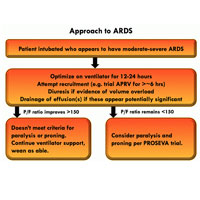
ARDS vs. PseudoARDS – Failure of the Berlin Definition
True ARDS might be defined as a histological diagnosis involving diffuse alveolar damage throughout the lungs (characterized by hyaline membrane formation and thickening of the alveolar walls). PseudoARDS refers to patients... read more
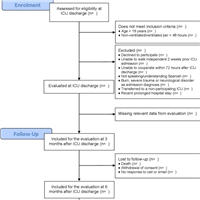
Impact on Mental, Physical and Cognitive functioning of a Critical care sTay during the COVID-19 pandemic
The ongoing pandemic could affect the duration, variety and severity of the mental, physical, and cognitive impairments intensive care unit (ICU) survivors and their families frequently present. We aim to determine the impact... read more

The Use of Different Sepsis Risk Stratification Tools Uncovers Different Mortality Risks
Our data suggest that the sepsis risk stratification tools currently utilized in emergency departments and on the general wards do not predict mortality adequately. This is illustrated by the disparity in mortality risk... read more

Neurological Complications After First Dose of COVID-19 Vaccines
Emerging reports of rare neurological complications associated with COVID-19 infection and vaccinations are leading to regulatory, clinical and public health concerns. We undertook a self-controlled case series study to investigate... read more
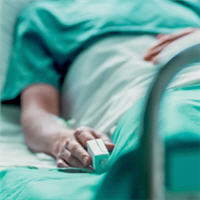
The Nexus Between Sleep Disturbance and Delirium Among Intensive Care Patients
Sleep in intensive care is hampered due to many factors; the clinical environment itself exacerbates sleep disturbance. Research suggests that interventions aimed at improving sleep quality have produced positive effects... read more

Ventilator Management: A Pre-Hospital Perspective
The goal of this book is to provide the most up to date information on mechanical ventilation based on current research, evidence based practice and my experiences as a flight paramedic and educator. A comprehensive look... read more

Prehospital FAST Reduces Admission Time and Treatment
The focused assessment with sonography in trauma (FAST) exam is an established trauma care diagnostic procedure. Ultrasound performed during prehospital care can improve early treatment and management of the patients. According... read more
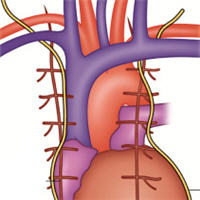
Diaphragm Dysfunction After Cardiac Surgery
Symptomatic diaphragmatic dysfunction was found in 7.6% of patients after cardiac surgery. It led to an increase of respiratory complications, such as pneumonia, prolonged ventilation, and intensive care. Coronary bypass... read more

COVID-19 and Critical Illness Neuropathy
We have described COVID patients in the ICU with critical illness neuropathy (CIP). COVID-related CIP could have implications for the functional recovery and rehabilitation strategies. Nerve conduction studies showed a... read more
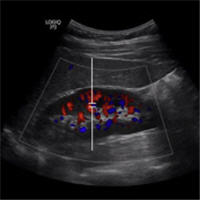
Kidney Imaging with Point-of-Care Doppler Ultrasonography
We read with great interest the article by Caroli et al., in which they meticulously discuss the role of imaging in elucidating both structural and functional aspects of kidney disease. Herein, we would like to briefly comment... read more
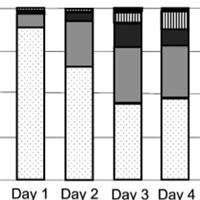
Changes in Barriers to Implementing Early Mobilization in the ICU
This study was undertaken to investigate the rate of mobilization, defined as a rehabilitation level of sitting on the edge of a bed or higher, and its association with changes in barriers in the intensive care unit (ICU).... read more

Interhospital Transfer of COVID-19 Patients Treated with High-flow Nasal Oxygen Therapy
At the start of the COVID-19 pandemic, early intubation was recommended on the basis of worldwide observations of severe hypoxemia. However, some patients were ultimately able to benefit from high-flow nasal cannula (HFNC)... read more

Effect of Moderate vs Mild Therapeutic Hypothermia on Mortality and Neurologic Outcomes in Comatose Survivors of Out-of-Hospital Cardiac Arrest
In comatose survivors of out-of-hospital cardiac arrest, a target temperature of 31 °C did not significantly reduce the rate of death or poor neurologic outcome at 180 days compared with a target temperature of 34 °C. However,... read more
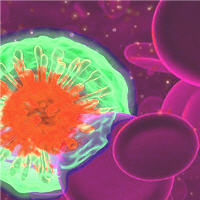
Emerging Advances have the Potential to Change the Future of Sepsis Care
In recent years, many advances in the sepsis literature have occurred, including new definitions, changes to the Surviving Sepsis Campaign (SSC) bundles, new pharmacologic agents, and adjunct treatments. There are also... read more
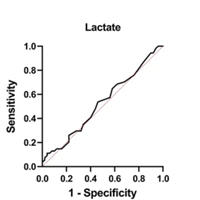
Pre-hospital suPAR, Lactate and CRP Measurements for Decision-making
Pre-hospital suPAR measurements alone or combined with C-reactive protein (CRP) and/or lactate measurements could not predict the ED discharge or hospital admission of 109 non-urgent EMS patients with non-specific chief complaints... read more


